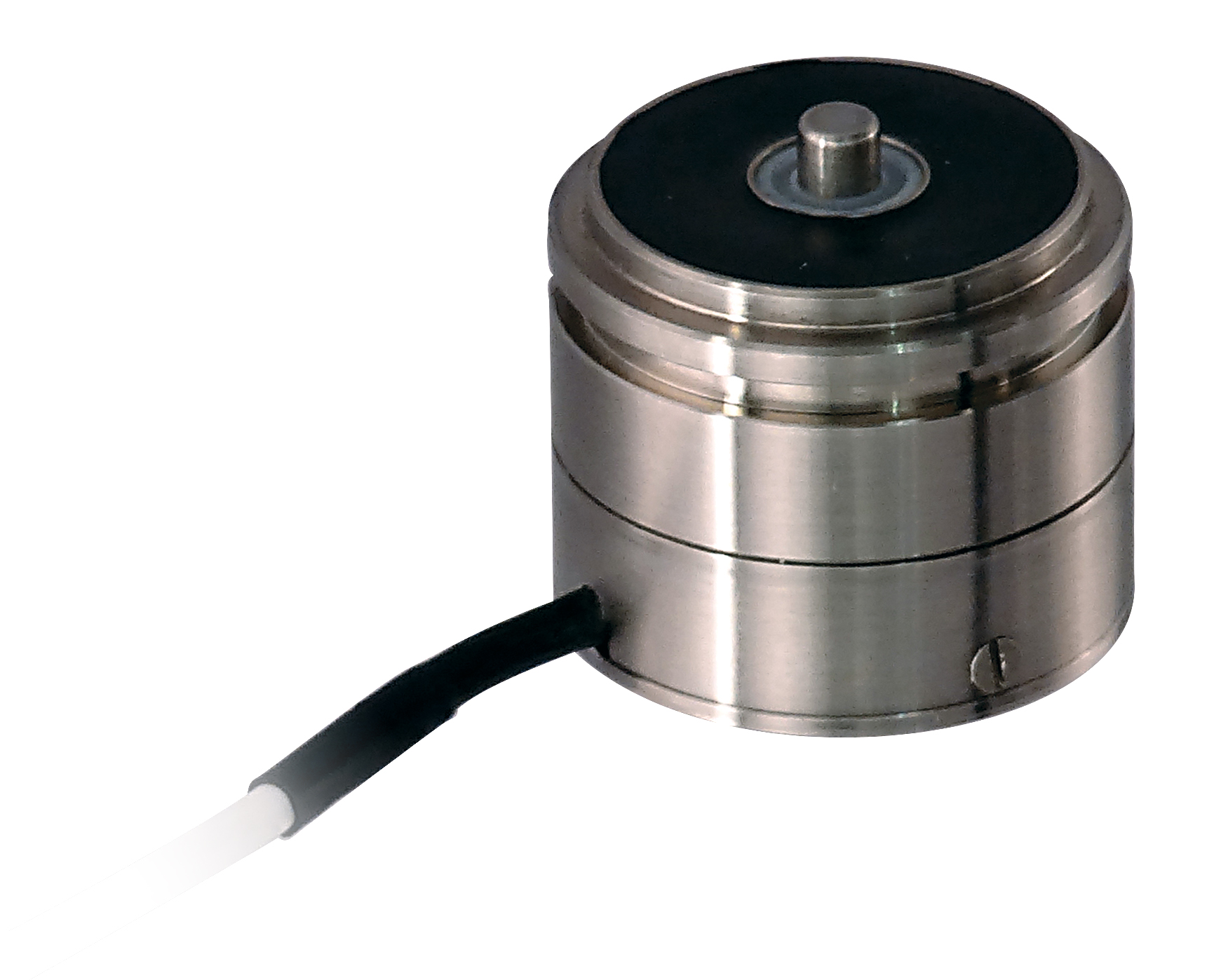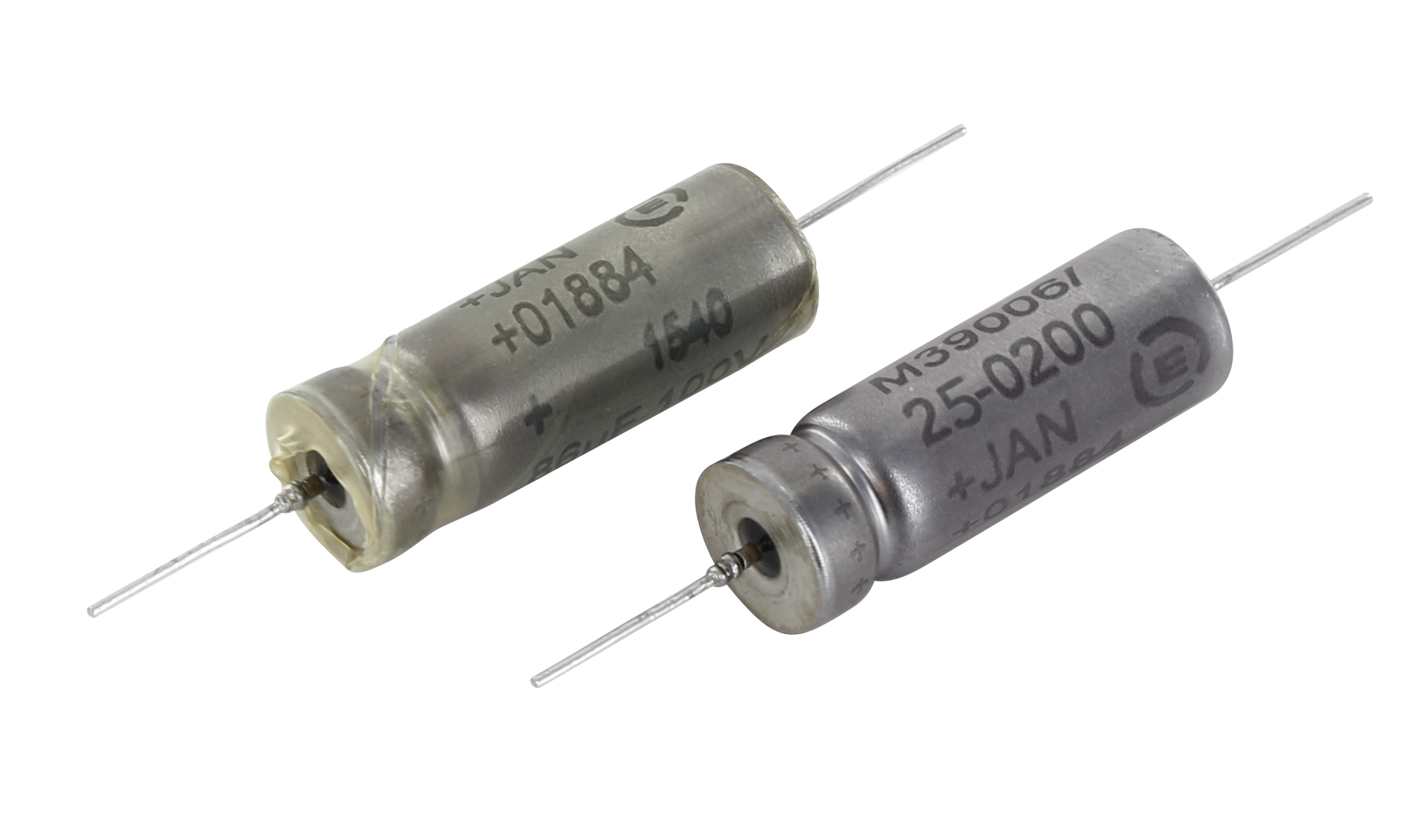Exxelia à Eurosatory
Du 11 au 15 juin, dans le hall 5A stand E543, Exxelia présentera ses dernières solutions électromécaniques comprenant des codeurs optiques absolus.
Codeurs optiques absolus
 Exxelia possède une grande expertise dans la fabrication de capteurs de position : codeurs absolus miniatures, codeurs incrémentaux, codeurs rotatifs, technologie magnétique et capteurs inductifs. Plusieurs gammes de codeurs optiques absolus seront présentées sur stand d’Exxelia - Hall 5A stand E543. Les codeurs optiques absolus sont des capteurs de position qui utilisent des signaux optiques pour identifier une position angulaire absolue. Les gammes de codeurs optiques Exxelia offrent de très hauts niveaux de performance pour un très faible encombrement : haute précision (<30arcsc.), haute résolution (jusqu'à 21 bits), faible épaisseur (10mm) et compatibilité EMI EMC. Ces codeurs miniatures sont adaptés aux marchés de l'aéronautique, défense et médical. Différents protocoles sont disponibles pour correspondre à tous les types d'application.
Exxelia possède une grande expertise dans la fabrication de capteurs de position : codeurs absolus miniatures, codeurs incrémentaux, codeurs rotatifs, technologie magnétique et capteurs inductifs. Plusieurs gammes de codeurs optiques absolus seront présentées sur stand d’Exxelia - Hall 5A stand E543. Les codeurs optiques absolus sont des capteurs de position qui utilisent des signaux optiques pour identifier une position angulaire absolue. Les gammes de codeurs optiques Exxelia offrent de très hauts niveaux de performance pour un très faible encombrement : haute précision (<30arcsc.), haute résolution (jusqu'à 21 bits), faible épaisseur (10mm) et compatibilité EMI EMC. Ces codeurs miniatures sont adaptés aux marchés de l'aéronautique, défense et médical. Différents protocoles sont disponibles pour correspondre à tous les types d'application.
Deux nouvelles gammes de condensateurs MIL39006/22 & MIL39006/25
 Exxelia a introduit deux nouvelles gammes de condensateurs tantale gélifiés ayant obtenu la qualification MIL-PRF-39006 de niveau M (1.0% / 1000h) : MIL 39006/22 & MIL 39006/25. Ces deux gammes, respectivement équivalentes aux modèles CLR79 et CLR81, associent compacité, fort courant efficace et faible courant de fuite. Conçus avec un boîtier tantale cylindrique hermétique avec terminaisons axiales, les produits MIL 39006/22 & MIL 39006/25 sont proposés dans des tailles de boîtier standards de T1 à T4 avec des plages de capacitance et de tension étendues.
Exxelia a introduit deux nouvelles gammes de condensateurs tantale gélifiés ayant obtenu la qualification MIL-PRF-39006 de niveau M (1.0% / 1000h) : MIL 39006/22 & MIL 39006/25. Ces deux gammes, respectivement équivalentes aux modèles CLR79 et CLR81, associent compacité, fort courant efficace et faible courant de fuite. Conçus avec un boîtier tantale cylindrique hermétique avec terminaisons axiales, les produits MIL 39006/22 & MIL 39006/25 sont proposés dans des tailles de boîtier standards de T1 à T4 avec des plages de capacitance et de tension étendues.
La gamme MIL 39006/22 est qualifiée pour des tensions de 6V à 125V, avec des capacités allant de 1200µF @ 6V à 56 µF @ 125V. La gamme MIL 39006/25 est quant à elle qualifiée pour des tensions de 25V à 125V avec des capacités allant de 680µF @ 25V à 82 µF @ 125V. Ces deux gammes combinent une grande capacité de stockage d’énergie avec une plage étendue de température de fonctionnement de -55°C à 125°C, ainsi qu’une très bonne tenue aux chocs et vibrations (option H disponible).